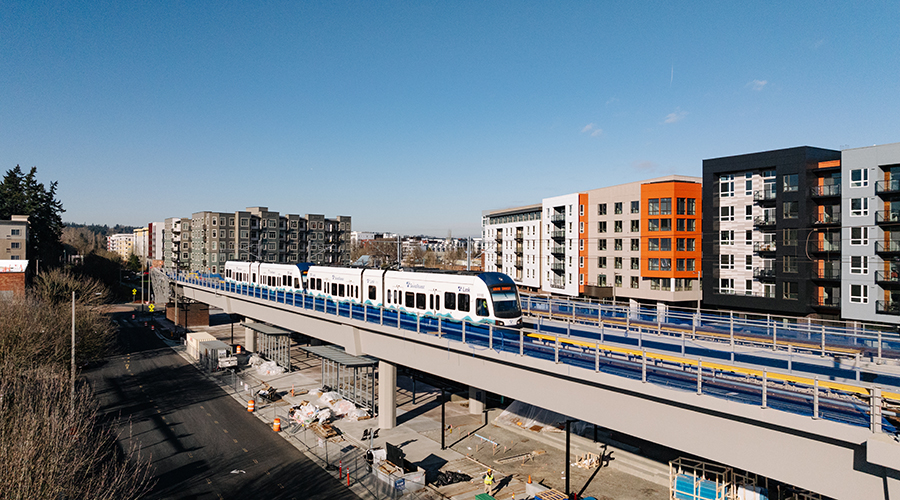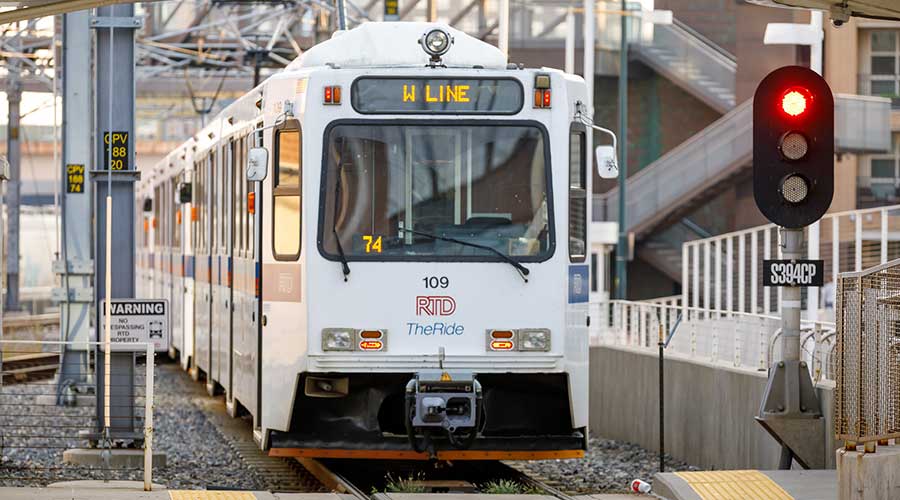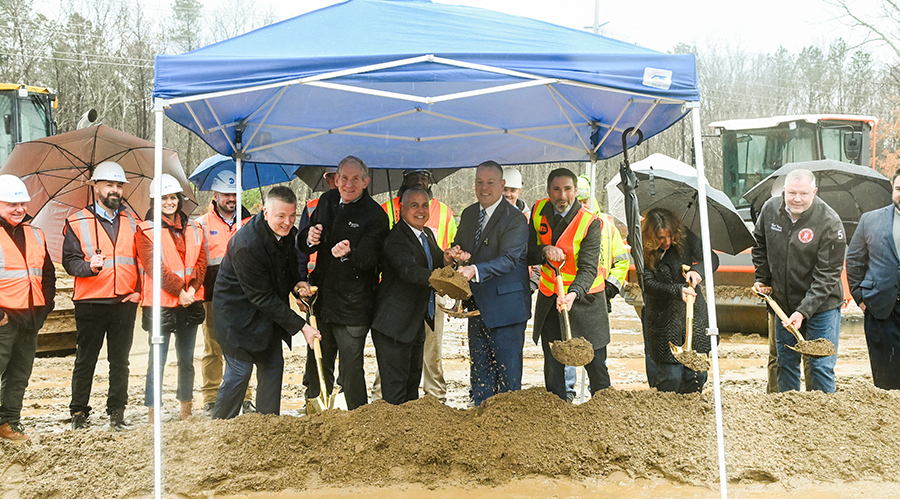Stay updated on news, articles and information for the rail industry
11/15/2013
Rail News: Rail Industry Trends
AAR underscores U.S. traffic gains, need to improve federal tank-car regs
For the week ending Nov. 9, U.S. railroads reported 297,581 carloads, up 4.9 percent, and 265,259 intermodal loads, up 6.3 percent compared with volumes from the same week last year, according to traffic statistics released yesterday by the Association of American Railroads (AAR).
Intermodal traffic climbed for the 19th straight week and total combined U.S. traffic rose 5.6 percent to 562,840 units. Eight of 10 carload commodity groups posted gains, led by petroleum and petroleum products (25 percent), grain (21.3 percent), and motor vehicles and parts (20.5 percent).
Agricultural products volume jumped 14 percent, showing seasonal improvement amid easing year-over-year comparisons, said Robert W. Baird & Co Inc. analysts in their weekly "Rail Flash" report. The U.S. Department of Agriculture recently raised corn production estimates by 146 million bushels, and total production now is expected to total close to 14 billion bushels, above the previous record high, they said.
Canadian railroads reported 85,187 carloads for the week ending Nov. 9, up 11.5 percent, and 56,266 intermodal loads, up 5.2 percent year over year. Mexican railroads' carloads inched up 0.8 percent to 15,432 units, but their intermodal volume fell 7.8 percent to 9,513 units.
Through 2013's first 45 weeks, 13 reporting U.S., Canadian and Mexican railroads handled 16,923,683 carloads, up 0.3 percent, and 14,011,237 containers and trailers, up 4 percent compared with the same 2012 period.
The AAR also announced yesterday that it has urged the U.S. Department of Transportation to press for improved federal tank-car regulations by requiring that all tank cars used to transport flammable liquids be retrofitted or phased out, and new cars be built to more stringent standards. The recommended safety upgrades will substantially decrease the likelihood of a hazardous material release if a tank car is involved in an accident, AAR officials said in comments filed with the Pipeline and Hazardous Materials Safety Administration (PHMSA).
The AAR estimates that about 92,000 tank cars currently are moving flammable liquids, and 78,000 of them would require a retrofit or phase out based on the association's proposal. Another 14,000 newer tank cars that today comply with the latest industry safety standards would require certain retrofit modifications, AAR officials said in a press release, adding that the tank cars affected by its recommendations include those used to transport crude oil and ethanol.
The AAR is recommending that the PHMSA consider the following when determining what safety standards should be required for tank cars moving flammable liquids:
• increase federal tank-car design standards for new cars to include an outer steel jacket around the car and thermal protection, full-height head shields and high-flow capacity pressure-relief valves;
• require additional safety upgrades for tank cars built since October 2011, when the rail industry instituted its latest design standards, including installation of high-flow-capacity relief valves and design modifications to prevent bottom outlets from opening in an accident;
• phase out older-model tank cars used to move flammable liquids that are not retrofitted to meet new federal requirements, and
• eliminate the current option for rail shippers to classify a flammable liquid with a flash point between 100 and 140 degrees Fahrenheit as a combustible liquid.
"We believe it's time for a thorough review of the U.S. tank car fleet that moves flammable liquids, particularly considering the recent increase in crude oil traffic," said AAR President and Chief Executive Officer Ed Hamberger. "Our goal is to ensure that what we move, and how we move it, is done as safely as possible."
Officials at the Railway Association of Canada (RAC) — an AAR Tank Car Committee member — support the AAR's proposal to phase out existing tank cars and build new cars to more stringent standards because the recommendations promote safe haz-mat transportation.
“This petition is a positive step for North America’s rail industry and these changes would improve safety,” said RAC President and CEO Michael Bourque. “We urge the Canadian government to work in concert with officials in the United States to adopt these recommendations.”


 LRW Honors Amtrak’s Acheson As Railway Woman Of The Year
LRW Honors Amtrak’s Acheson As Railway Woman Of The Year
 From Editor-In-Chief Foran: Of Gender Equity And Inclusion
From Editor-In-Chief Foran: Of Gender Equity And Inclusion
 Spotlight On Some Of Today’s Rail Safety Products
Spotlight On Some Of Today’s Rail Safety Products
 Women of Influence in Rail eBook
Women of Influence in Rail eBook
 railPrime
railPrime








